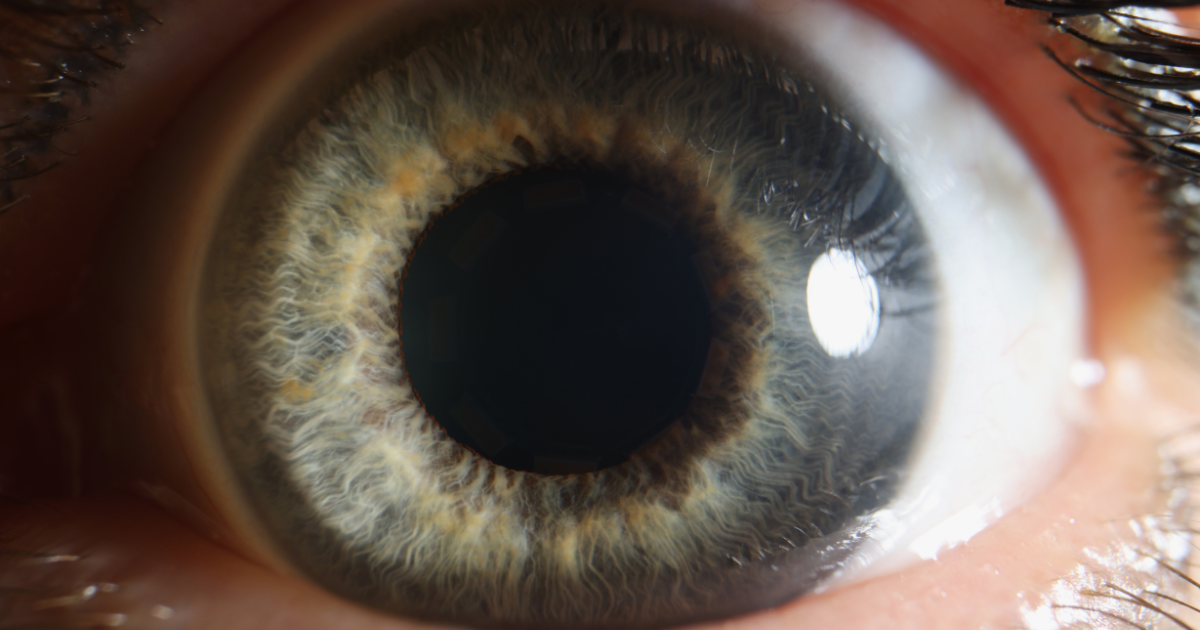Pupil Dilation: A Window into Eye Health

Read time: 4 minutes
When you have an eye examination, you might be familiar with the experience of having your pupils dilated. Although it can temporarily affect your vision, this routine procedure provides valuable insights for eye care professionals. Let's look at the why, how, and importance of pupil dilation in eye exams.
A Glimpse into the Past
The practice of dilating pupils for medical examinations has roots in ancient civilizations. Early healers used various substances, including belladonna—a toxic plant with pupil-dilating properties—for medicinal purposes. However, it wasn't until the modern era that the controlled use of mydriatics, or pupil-dilating agents, became a standard practice in eye care.
Understanding Pupil Dilation: The How and Why
Pupil dilation involves the use of specific eye drops containing mydriatics, which temporarily enlarge the pupils. The primary goals of this procedure are to:
- Examine the Retina: By dilating the pupils, your eyecare professional gains a wider view of the retina. This allows for a more comprehensive examination, aiding in the early detection of various eye conditions.
- Assess Refractive Errors: Dilation facilitates a more accurate assessment of refractive errors, such as nearsightedness or farsightedness. This information is crucial for prescribing the correct eyeglass or contact lens prescription.
- Monitor Eye Health: Pupil dilation aids in monitoring conditions like glaucoma, macular degeneration, and diabetic retinopathy. Changes in the blood vessels and optic nerve head become more visible, enabling early intervention.
Navigating the Eye Exam: The Importance of Pupil Dilation
Pupil dilation significantly enhances the efficacy of an eye examination. It allows eye care professionals to:
- Detect Eye Diseases: Conditions like glaucoma, which often present with subtle symptoms, can be detected early through a dilated eye exam. This is vital for timely management and preventing irreversible vision loss.
- Assess the Optic Nerve: The optic nerve is a crucial component of vision. Pupil dilation helps professionals assess its health, identifying potential signs of diseases like optic neuritis or nerve damage.
- Evaluate Macular Health: The macula, responsible for central vision, is prone to conditions like age-related macular degeneration. Pupil dilation enables a thorough examination of the macula, aiding in the early detection of abnormalities.
- Assess Young Eyes: Pupil dilation is not limited to adults; it is also a valuable tool in pediatric eye care. In children, eye exams can be challenging due to their inability to communicate effectively about their vision. Pupil dilation allows eye care professionals to thoroughly examine the eyes of young patients, helping identify issues early in their development.
While pupil dilation is a key aspect of comprehensive eye care, it can cause temporary discomfort. Patients may experience blurred vision, sensitivity to light, and difficulty focusing on close objects. These effects typically wear off within a few hours, and wearing sunglasses can alleviate light sensitivity.
Beyond Routine Eye Exams: Specialized Uses of Pupil Dilation
Although pupil dilation is commonly associated with routine eye exams, it also plays a crucial role in specialized diagnostic procedures. Optometrists and ophthalmologists may use this technique for:
- Fluorescein Angiography: Pupil dilation is often employed in conjunction with fluorescein angiography—a diagnostic procedure involving the injection of a fluorescent dye. This allows professionals to visualize blood flow in the retina and detect abnormalities like diabetic retinopathy and macular degeneration.
- Indocyanine Green Angiography: Similar to fluorescein angiography, this procedure uses a different dye, indocyanine green. It provides additional information about blood vessels, especially those beneath the retina. This is particularly useful in identifying abnormalities that may not be visible with standard imaging.
- Photodynamic Therapy: In conditions like age-related macular degeneration, pupil dilation is combined with photodynamic therapy. This involves the use of light-activated medications to target and treat abnormal blood vessels in the macula.
Advanced Imaging Technologies: Complementing Pupil Dilation
While pupil dilation remains a fundamental technique, advancements in imaging technologies are transforming eye care. Optical coherence tomography (OCT) and fundus photography provide detailed images of the retina, reducing the reliance on pupil dilation for certain aspects of the examination. However, pupil dilation continues to be an essential component, especially for conditions that require a wide-angle view.
The Takeaway
In the context of eye examinations, pupil dilation plays a significant role. It involves temporarily enlarging the pupils to help your Urban Optiks Optometry eyecare professionals get a better look at the internal structures of the eye. This improved view enables the early identification of potential problems, aiding in proactive eye health management. The next time you have a dilated eye exam, recognize the valuable information it offers about the health of your eyes.
Share this blog post on social or with a friend:
The information provided in this article is intended for general knowledge and educational purposes only and should not be construed as medical advice. It is strongly recommended to consult with an eye care professional for personalized recommendations and guidance regarding your individual needs and eye health concerns.
All of Urban Optiks Optometry's blog posts and articles contain information carefully curated from openly sourced materials available in the public domain. We strive to ensure the accuracy and relevance of the information provided. For a comprehensive understanding of our practices and to read our full disclosure statement, please click here.


















